Utah inspectors find no problems in ‘troubled-teen’ facilities 98% of the time
This story was produced as part of a larger project by Jessica Miller, a participant in the 2019 Data Fellowship. Her project focuses on the troubled rehabilitation industry in Utah, where youth residential treatment centers are abundant but lack oversight.
Also in this series:
Paris Hilton says she was abused while at Utah facility for ‘troubled teens’
Part 2: Provo Canyon School’s history of abuse accusations spans decades, far beyond Paris Hilton
Paris Hilton creates petition to shut down Provo Canyon School
Paris Hilton leads rally against Provo Canyon School
Why we raised money to get reports on Utah’s ‘troubled teen’ treatment centers
Part 3: Utah faces criticism for its light oversight of ‘troubled teen’ treatment centers
Part 4: Former students at Utah troubled-teen centers say their reports of sex abuse were ignored
Increased oversight is coming to Utah’s ‘troubled-teen’ industry
A girl, her hands zip tied, was forced to sit in a horse trough at a Utah ‘troubled-teen’ center
Utah officials want your help as they draft new rules for the ‘troubled-teen’ industry
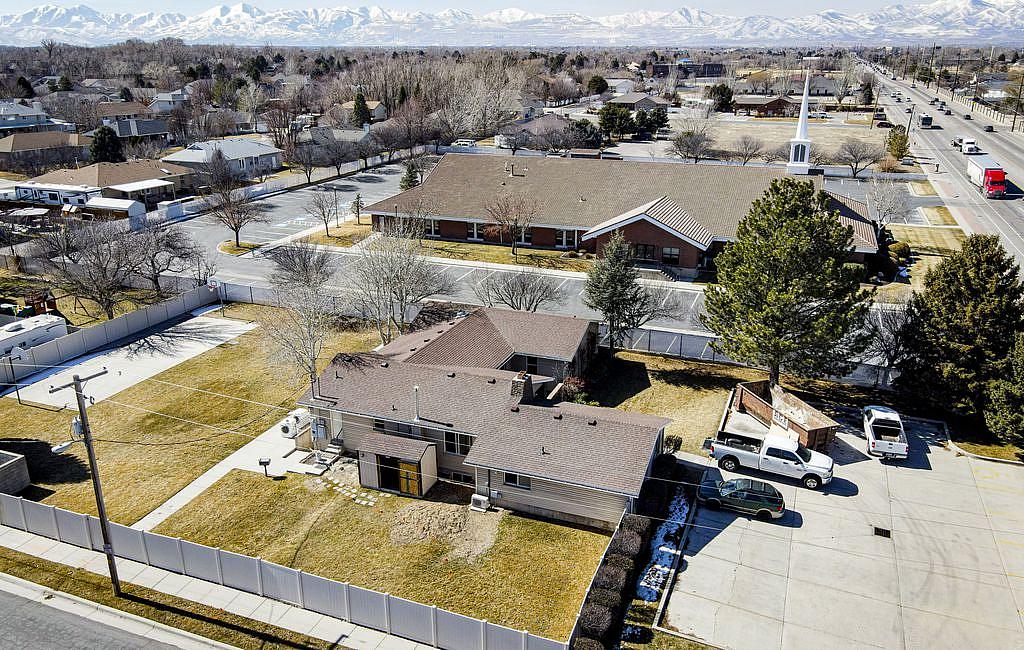
Utah licensors rarely find problems when they inspect Utah "troubled-teen" programs. But New Beginnings Behavioral Health, pictured here in West Jordan on Friday, March 5, 2021, had significantly more noncompliance marks than the others. The 11-bed facility accounted for 14% of all noncompliant findings in a five-year period, averaging 15 deficiencies per checklist.
(Isaac Hale | Special to The Tribune)
Changes are coming to the way Utah regulates “troubled-teen” treatment centers, spurred by scores of former residents who have shared stories of mistreatment that span decades.
Among the big shifts is moving from one inspection every year to four.
But unless Utah regulators alter the way they inspect facilities, that change likely won’t mean much.
A new analysis from The Salt Lake Tribune, APM Reports and KUER shows that state inspectors have found very little in the past five years using a checklist that a national expert considers “essentially useless.”
Right now, when a Utah regulator goes to inspect a “troubled-teen” center or wilderness program, they mark every time a facility fails to comply with state rules on a 14-page checklist. Maybe they make note that there’s paperwork missing or broken tiles kids could use to hurt themselves. Most of the checklist items have little to do with the actual treatment the kids are receiving.
The news organizations have made these inspections, along with critical incident reports, publicly available in a new database.
Combined, these inspections show that regulators assessed more than 53,000 total items and found only 861 deficiencies. That means Utah Office of Licensing inspectors determined that centers were noncompliant on only 1.6% of the checklist items in that five years of data.
Just over half of the 155 facilities inspected had any deficiencies at all. Only 11% had 15 or more noncompliant findings.
(Francisco Kjolseth | The Salt Lake Tribune) A close-up photo of the checklist used by Office of Licensing inspectors.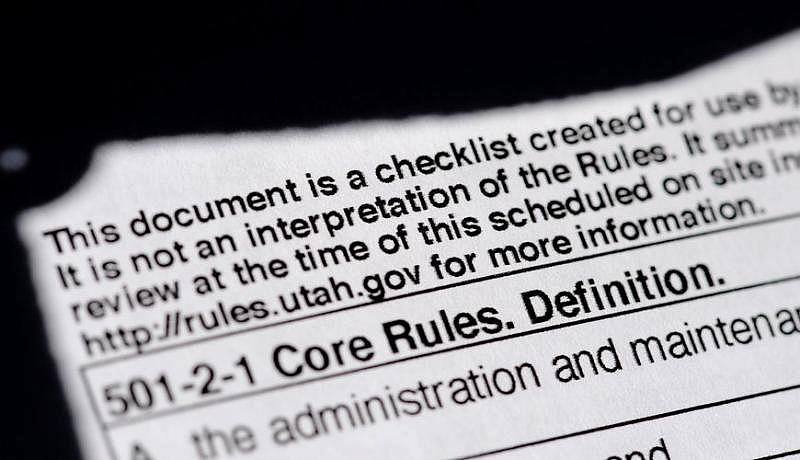
The most common ding? Not having the proper employee paperwork.
And the number of deficiencies has steeply declined over the past two years. The state found only 84 deficiencies in 2020. A whopping 86% of facilities inspected in the past year received a perfect score. Most of those inspections were done virtually because of the pandemic.
This comes during a time of growing complaints about child abuse and neglect and questionable “therapeutic discipline,” which spurred Utah lawmakers to pass the first serious legislation in this area in 15 years.
“The bar for these facilities was on the floor,” said Caroline Lorson, who works with Breaking Code Silence, an activist group of former residents who went to teen treatment facilities. “It was not very difficult to get a passing inspection. Most of the statutes in place were mostly administrative and building code. So when they’re going in to do these inspections, they’re looking at things like, does each bathroom have a toilet? Are the mirrors secured to the wall? They’re looking at building structure and not necessarily methods of treatment or really anything that has to do with treatment at all.”
More inspectors coming
Utah has by far the most troubled-teen centers represented by the leading national association, and has a reputation for being the nation’s epicenter for youth treatment programs. Over the past five years, more than 12,000 children from across the country have been sent away to Utah for treatment.
Allegations of abuse have dogged the industry, and came to a head during this year’s legislative session after former residents, including celebrity Paris Hilton, testified about mistreatment they say they experienced in facilities in Utah and elsewhere.
State senators who heard the emotional testimony said they were embarrassed about what was happening and apologized to Hilton and others who were mistreated. The bill sailed through the Legislature with only a handful of opposing votes.
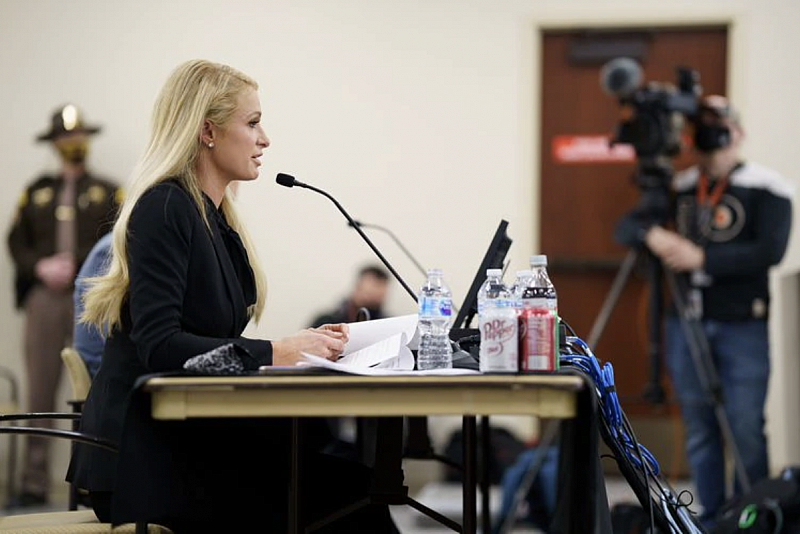
The new legislation, which still needs the governor’s signature, would require treatment centers to document any instance in which employees use physical restraints or place a child in seclusion. It would prohibit programs from sedating residents or using mechanical restraints, like a straitjacket, without the state’s prior authorization. It also boosts the number of inspections to four.
But Nick Jackson, an attorney with Utah’s Disability Law Center, said his organization is concerned that the state isn’t asking the right questions.
“We are very concerned that the new bill won’t be enough to materially improve the situation in these facilities,” he wrote in an email to The Tribune. “The legislation leaves a lot of issues unaddressed, one of which is the inspection regime.”
Amanda Slater, the director of Utah’s Office of Licensing, said the new legislation will change the inspection reports, but she wouldn’t explain those changes or say whether she felt the current inspection protocol was adequate.
Utah’s current checklist is not weighted, so a ripped van seat counts the same as a child complaining they aren’t given enough food to eat. The Office of Licensing said last November that it was considering giving more weight to more serious problems, but Slater walked that back in a recent email and said she didn’t know what they would do.
“We will be updating our rules to align with the statutory changes as a result of this legislative session,” she said in an email response to a question about whether the checklist will become more robust in any way.
Sen. Mike McKell, R-Spanish Fork, sponsored the bill that brought these changes. He doesn’t think the state has given the Office of Licensing enough resources to be effective — which is why his bill included $534,000 to hire more inspectors.
“We have not had enough employees on the ground inspecting in a way that I think we should be,” he said. “The legislation now requires unannounced visits. But that’s easier said than done if you don’t have the manpower to do that.”
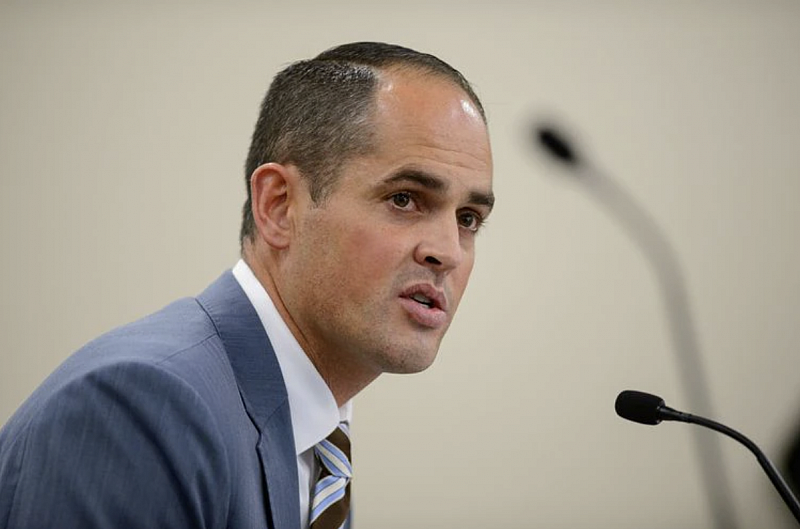
At The Tribune’s request, national child welfare expert Ronald Davidson reviewed a portion of these inspection reports last fall. Davidson was the director of the Mental Health Policy Program at the University of Illinois at Chicago’s Department of Psychiatry. He retired in 2014. He has conducted hundreds of reviews of psychiatric hospitals and residential treatment centers in a dozen states for the Illinois Department of Children and Family Services and the American Civil Liberties Union as part of a federal court consent decree.
He found Utah’s checklist to be “essentially useless” as a way of determining care. He noted that most checkmarks were in the “compliant” column, while comment boxes are mostly left blank.
“Such a questionable methodology suggests either that: a) the state of Utah must have the nation’s best-performing residential treatment centers; or that b) investigators are sleepwalking their way through on-site reviews,” Davidson wrote in his analysis of the records. “Option B seems the more likely explanation.”
Inspection reports now widely available
In the past five years, one center had significantly more noncompliance marks than the others. New Beginnings Behavioral Treatment is a small, 11-bed facility in West Jordan. It accounted for 14% of all noncompliant findings, averaging 15 deficiencies per checklist.
Many of those deficiencies were for not having the right paperwork showing things like immunization records of the kids and background checks for the employees. More seriously, it was also found to not be reporting “critical incidents” to regulators, which is required any time a child is hurt or seriously ill.
Femia Pittman, New Beginnings’ chief administrative officer, said in an email these checklists aren’t “used as an indicator of performance or efficacy.”
“In our experience,” she said, “the DHS Licensing staff and the organization work cooperatively to ensure that the organization comes into compliance with the DHS rules prior to program license expiration.”
Pittman noted that some of the inspection reports were a few years old, and said her facility has improved “overall operational performance” using survey data from families and industry experts.
Utah’s inspection reports used for this analysis are now available to the public in a free, searchable database created by The Tribune, KUER and APM Reports. The database has five years of inspections and critical incident reports, and it marks the first time that the public has had access to this sort of documentation.
Other states — like Minnesota, Arizona, Michigan and Florida — have made databases like this available on their own. But Utah regulators only put the most egregious violations online, in instances where they have threatened to pull a facility’s license unless the company makes changes. In the past two years, one Utah teen treatment center received such a threat. It is now closed.
McKell said he’d like to address whether Utah should be making these inspection records more easily available, especially after he’s received emails from parents in crisis who are trying to find which treatment centers are safe.
“I think the Legislature should take a hard look at enhancing our transparency,” he said, “and adopting some kind of database.”
Davidson, the child welfare expert, said when it comes to inspections, he believes Utah officials should be using trained clinicians, psychologists and social workers who understand how to examine treatment plans and can assess quality of care.
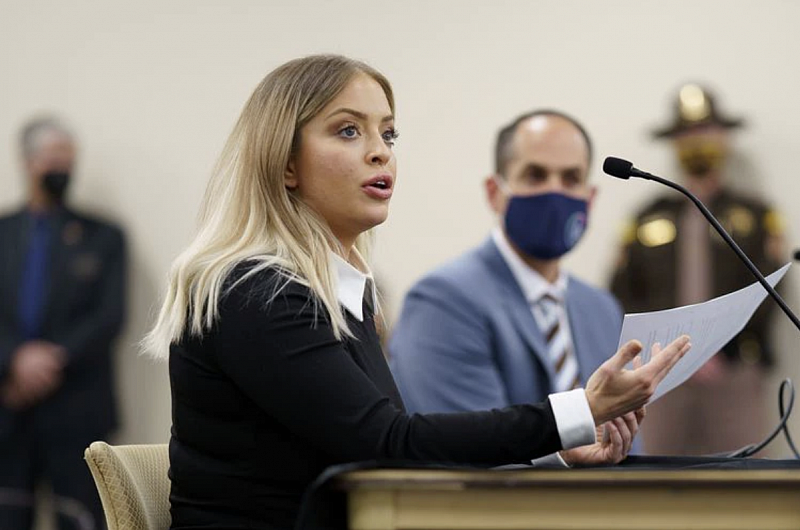
Lorson, with Breaking Code Silence, said she hopes to see that happen as Utah now has a chance to redesign how it does oversight. She also hopes her organization has a voice in shaping that inspection process. Perspectives from people who have been through these programs, she said, are valuable.
“Let’s come together and create a criteria that’s really going to address all of those specific situations,” she said. “I would love to see them engage in more conversations with the kids and care to ask what it’s like ... Let’s get experts in this conversation and let’s redevelop what those inspection criteria are.”
KUER reporter David Fuchs contributed to this story.
[This story was originallly published by The Salt Lake Tribune.]

